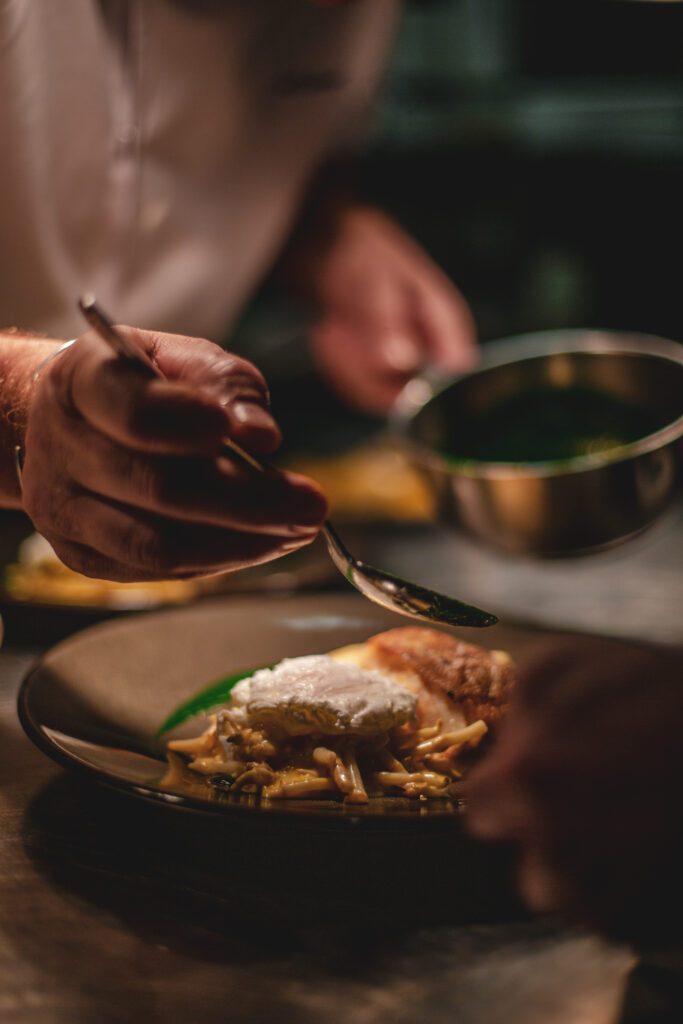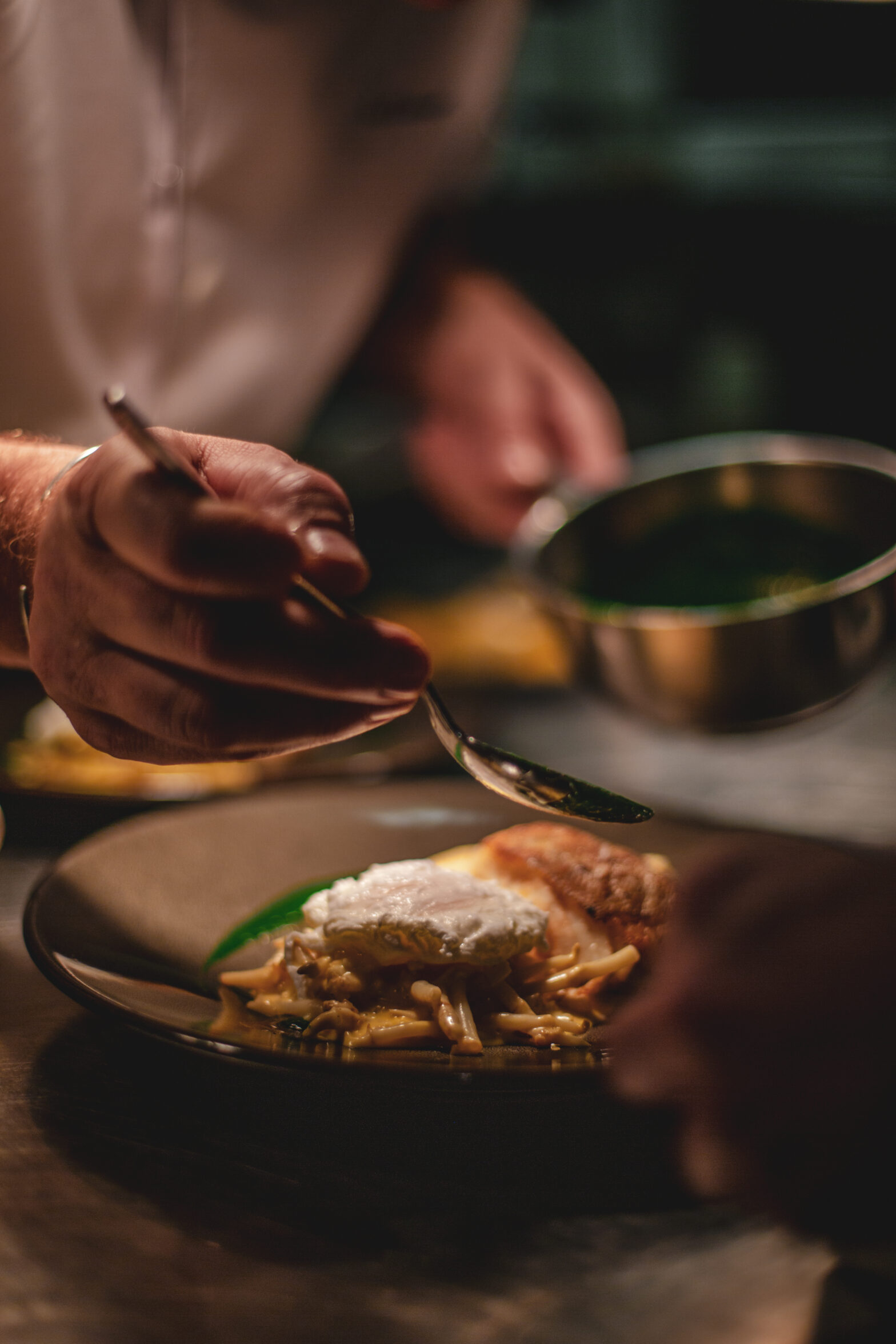“The Impact of Cooking Temperature on DNA Damage in Food” explores the potential consequences of cooking food at higher temperatures. In this study, researchers sought to understand the effect of damaged DNA in cooked food, specifically its potential incorporation into an organism’s genetic material. By boiling or roasting ground beef, ground pork, and potatoes, and subsequently feeding the heat-damaged DNA components to mice and lab-grown human cells, the results revealed extensive DNA damage in cooked food, with higher cooking temperatures leading to more severe damage. While the study did not provide an exact percentage of DNA damage, it strongly emphasizes the importance of avoiding burning or overcooking food to minimize the potential risks associated with damaged DNA. Although the body possesses DNA repair mechanisms that can mitigate some of the damage, ongoing research is necessary for a comprehensive understanding of the health implications of damaged DNA in food.
The Impact of Cooking Temperature on DNA Damage in Food

Introduction
Cooking is an essential process in preparing food, but recent research has shed light on the potential impact of cooking temperature on DNA damage in food. DNA, or deoxyribonucleic acid, is the genetic material found in cells that carries the instructions for the development, functioning, and reproduction of all living organisms. DNA damage can occur through various environmental factors, including exposure to chemicals, radiation, and high temperatures. This article will explore the effects of cooking temperature on DNA damage in food and the potential health risks associated with damaged DNA.
DNA damage in cooked food
Studies have shown that cooking food, especially at higher temperatures, can result in the damage of a small portion of the food’s DNA. During cooking, heat can cause chemical changes in the DNA molecule, leading to structural modifications. These modifications can range from minor alterations, such as DNA base modifications, to more significant damage, including DNA strand breaks. Such DNA damage can occur in both animal and plant-based foods.

Potential health risks of damaged DNA
When damaged DNA is consumed and incorporated into an organism’s genetic material, it has the potential to raise the risk of developing various health conditions, including cancer. DNA damage can lead to mutations, which can disrupt normal cell functioning and contribute to the development of tumors. Additionally, damaged DNA can adversely affect other cellular processes, such as DNA replication and repair, further compromising the integrity of an organism’s genetic material.
Study design
To investigate the impact of cooking temperature on DNA damage in food, researchers conducted a comprehensive study. The study involved boiling or roasting ground beef, ground pork, and potatoes, which are commonly cooked at various temperatures in everyday culinary practices. The objective was to measure the extent of DNA damage in the cooked food and assess the effects of cooking temperatures on this damage.

Cooking methods and food types
For the study, ground beef, ground pork, and potatoes were chosen as representative food types for their widespread consumption and varying cooking requirements. Ground meat, often used in recipes like burgers and meatballs, was selected to represent animal-based foods, while potatoes were chosen to represent plant-based foods that are commonly cooked. Boiling and roasting were selected as cooking methods because they typify common culinary practices, with boiling representing a gentler cooking process and roasting representing a higher-temperature cooking method.
Feeding the heat-damaged DNA to mice and lab-grown human cells
Once the ground beef, ground pork, and potatoes were cooked using either boiling or roasting methods, the DNA components in the cooked food were extracted. These heat-damaged DNA components were then fed to mice and lab-grown human cells. By doing so, researchers could assess the impact of the heat-damaged DNA on live organisms and gain insight into potential health risks.
Results of the study
The results of the study revealed extensive DNA damage in the cooked food, with higher cooking temperatures leading to more severe damage. The damaged DNA components, when consumed by the mice and lab-grown human cells, exhibited detrimental effects on their genetic material. These effects included increased DNA mutations and disruptions in cellular processes. The findings suggest that cooking temperature plays a crucial role in DNA damage, and higher temperatures tend to result in worse damage.
Extent of DNA damage in cooked food
While the study does not provide an exact percentage of how much DNA is damaged in cooked food, the main takeaway is to avoid burning or overcooking food. The research demonstrates that even mild cooking can cause some DNA damage, but the risk increases significantly with higher temperatures and prolonged cooking times. It is important to strike a balance between ensuring food safety through sufficient cooking and minimizing DNA damage by avoiding excessive heat exposure.
Effect of cooking temperatures on DNA damage
Cooking temperatures have a direct impact on the extent of DNA damage in food. High temperatures, such as those used in roasting or frying, can lead to extensive damage to the DNA structure. This damage is primarily caused by the generation of reactive oxygen species and the formation of harmful compounds, such as heterocyclic amines and polycyclic aromatic hydrocarbons, during high-temperature cooking. Lower cooking temperatures, such as those used in boiling or steaming, result in less severe DNA damage.
Implications for cooking practices
The findings of this study have significant implications for cooking practices and food safety. It is essential for individuals to be aware of the potential risks associated with DNA damage in food and make informed choices in their cooking methods. Avoiding excessive heat exposure and adopting gentler cooking techniques, such as boiling or steaming, can help minimize DNA damage in cooked food. Additionally, careful monitoring of cooking times and maintaining appropriate cooking temperatures can contribute to reducing the risk of consuming damaged DNA.
DNA repair mechanisms in the body
While the consumption of DNA-damaged food presents potential health risks, it is essential to recognize that the body has inherent DNA repair mechanisms. These mechanisms work to detect and repair DNA damage, minimizing the long-term effects of damaged DNA. However, the efficiency of these repair mechanisms can vary among individuals and may be influenced by factors such as age, overall health, and genetic predispositions. Ongoing research is necessary to gain a better understanding of these repair mechanisms and their capacity to mitigate the risks associated with damaged DNA in food.
Ongoing research on the risks of damaged DNA in food
While the study discussed in this article provides valuable insights, there is still much ongoing research needed to fully explore the risks associated with damaged DNA in food. Further studies are required to determine the specific thresholds of DNA damage that can lead to adverse health effects. Additionally, research focusing on various cooking methods, food types, and genetic factors will contribute to a more comprehensive understanding of the impact of cooking temperature on DNA damage in food. This ongoing research will help inform guidelines for safe cooking practices and ensure the maintenance of a healthy diet.
